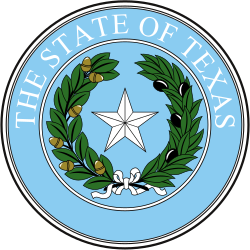| |||||||||||||||||
| |||||||||||||||||
 County results Democratic: 50–60% 60–70% 70–80% 80–90% >90% Republican: 50–60% 60–70% | |||||||||||||||||
| |||||||||||||||||
| Elections in Texas |
|---|
 |
The 1952 Texas gubernatorial election was held on November 4, 1952.
Contents
- Primary elections
- Democratic primary
- General election
- Candidates 2
- Results 2
- References
- Bibliography
Incumbent Democratic Governor Allan Shivers was overwhelmingly reelected in the general election after defeating future Senator Ralph Yarborough in the Democratic primary. The Republican Party endorsed the Democratic state ticket, including Shivers, in order to attract more votes for their presidential nominee, General Dwight D. Eisenhower.

